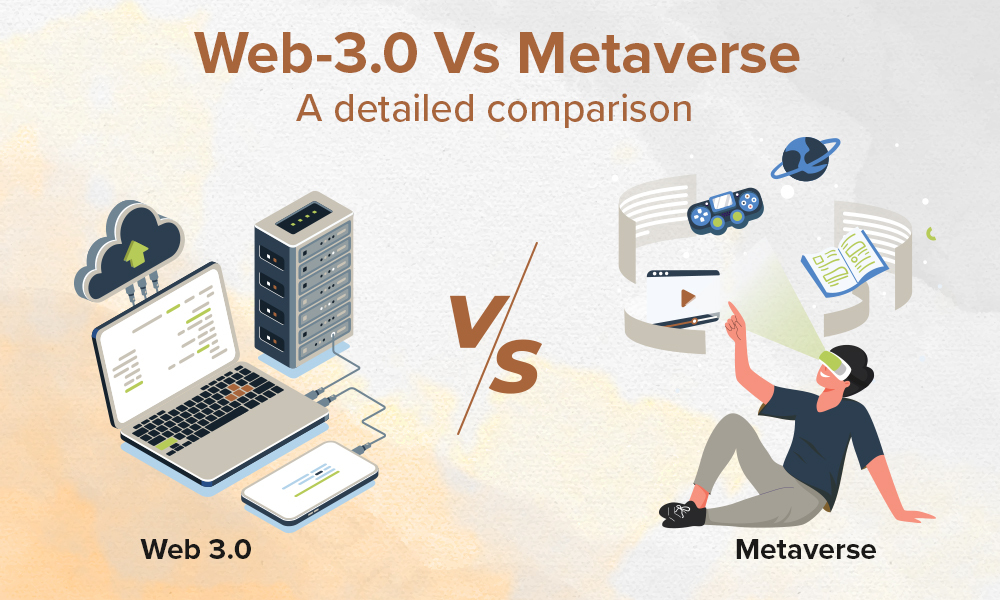Blockchain has been one of the most talked-about technologies within the banking sector, given its potential to revolutionize services therein. The hype around the technology has led financial institutions to invest millions of dollars in finding out ways of applying blockchain. According to research by Greenwich Associates cited by Bloomberg, the finance industry spent about $1.7 billion annually on distributed ledgers.
That concludes a lot of banks and financial institutions have been trying to leverage blockchain – capitalizing on the speed, transparency, and security it offers. However, the idea that Distributed Ledger Technologies (DLT) could revolutionize the banking sector still seems a long way off. A report recent report by McKinsey suggests that banks have been slower to adopt blockchain as they face more challenges in leveraging the potential benefits.
With all the potential advantages, there are three hurdles blockchain faces to disrupt banking.
Scalability
The issue of scalability has hindered the chances of blockchain being a mainstream technology, replacing the traditional systems. Considering how frequently transactions happen, blockchain technology is not capable of handling the scale of transactions that happen each day. For instance, SWIFT – the global messaging system used by major banks and financial institutions — deals with approx. 24 million messages daily.
The problem of scalability must be resolved for blockchain to grow enough to manage the rising number of transactions. New technologies such as Directed Acyclic Graph (DAG) have been introduced that are believed to overcome blockchain’s scalability and latency issues.
Governance
A major strength of blockchain (public) is that it has no central authority – it is completely decentralized. Although it is an advantage for many, the lack of a central authority comes as a challenge to the functioning of the core banking system – as it is completely centralized.
However, with private permissioned blockchains such as Hyperledger and Corda, the problem of not having a centralized control can be resolved. Such blockchains allow users to bring back control to selected nodes which are authorized to define rules on the network.
Cost
With all its potential benefits, blockchain is quite competent in reducing the cost of the administration. For instance, blockchain eliminates the need for intermediaries while making transactions or moving any asset, thus removing the associated cost. However, it still faces certain challenges while implementing traditional systems. Replacing the current systems with blockchain system could be very expensive. Small companies and banks won’t prefer investing in a technology which is still in its nascent stage, and the future is unclear. Apart from that, many other factors like lack of knowledge and proper resources contribute to the high maintenance cost.



.jpg)
